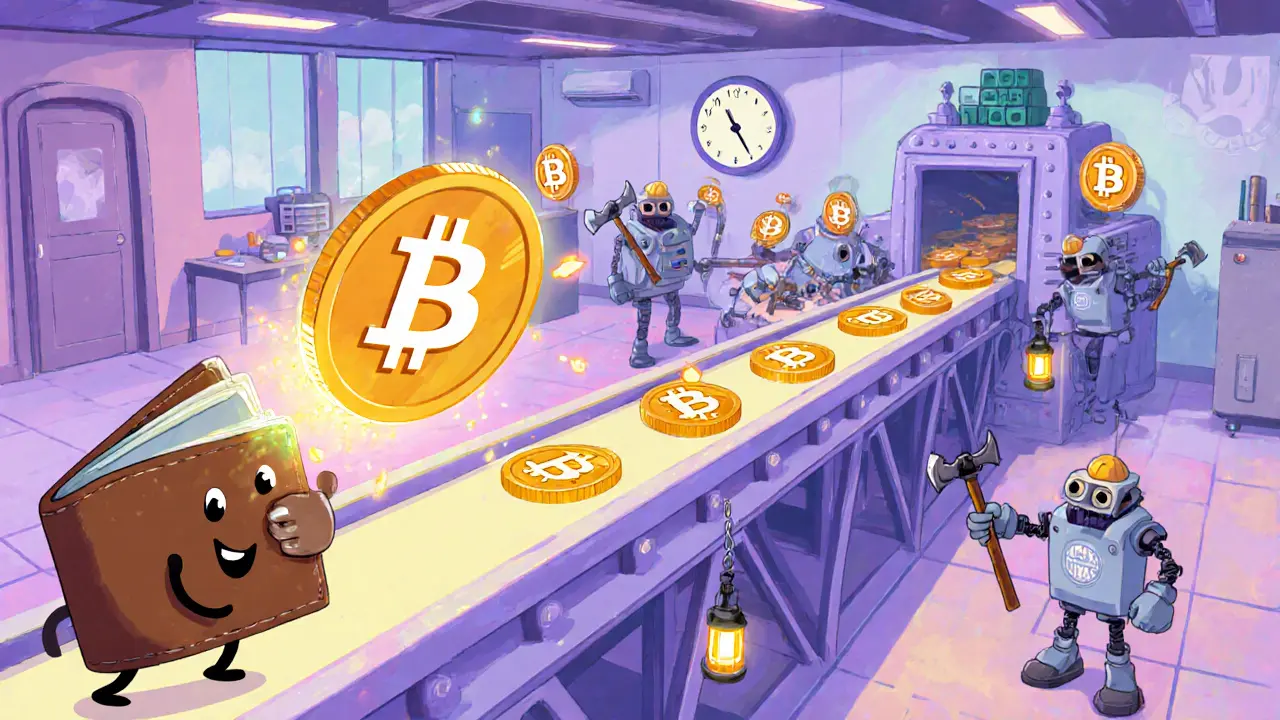2025 October Crypto Updates: Scams, Airdrops, and Market Shifts
When working with crypto scams, fraudulent projects that mimic legitimate tokens with no real technology or team behind them. Also known as rug pulls, it often targets new investors with promises of high returns from fake real estate tokens, meme coins, or non-existent airdrops. In October 2025, UpdatePrime uncovered at least five projects that vanished overnight—Axioma Token (AXT), MM Finance (MMF), and Peplo Escobar (PEPLO) were all built on shaky ground: no audited code, zero liquidity, and teams that disappeared after collecting funds. These aren’t outliers. They’re the new normal in a market flooded with copycat tokens and fake hype.
cryptocurrency airdrops, free token distributions meant to grow community adoption. Also known as crypto giveaways, it’s a tactic used by both real projects and scammers to lure users into wallets or phishing sites. This month, we broke down the LARIX Head Mining Campaign and SPAT Meta Spatial airdrops—both claimed to be free, but neither had a live contract, official website, or verifiable team. Meanwhile, real airdrops like ZWZ from Zombie World Z had clear timelines, on-chain distribution logs, and active Discord communities. The difference? Transparency. If you can’t find the smart contract address, you’re not getting airdrop tokens—you’re giving away your private key.
DeFi lending, protocols like Aave and Compound that let users earn interest by locking crypto as collateral. Also known as yield farming, it’s one of the few areas in crypto where real financial engineering still matters. October’s deep dive into DeFi interest rate models showed how utilization-based pricing protects lenders during market dips. But even here, risks lurk: platforms like Kyo Finance V2 on Soneium used complex ve(3,3) tokenomics that confused newcomers, while others like Escodex and SKEX lacked basic security audits. You don’t need to be a coder to protect yourself—just check if the protocol has been reviewed by at least two independent analysts.
Exchange collapses were another theme. Dasset, New Zealand’s first compliant platform, froze withdrawals after its banking partner pulled out. Pexpay and MM Finance both claimed to be decentralized, but neither had public wallet addresses or transparent ownership. Meanwhile, Cyprus and Algeria saw underground crypto use spike after new regulations forced users into peer-to-peer networks. The message? Regulation doesn’t kill crypto—it just pushes it into the shadows. And in those shadows, scams thrive.
Not everything in October was dark. Deflationary cryptocurrencies like Bitcoin and BNB kept climbing, not because of hype, but because their supply burns are locked into code. Blockchain for AI data integrity gained traction in pharma and finance, proving tamper-proof ledgers aren’t just for crypto traders. Fan tokens like Sivasspor (SIV) showed how real-world assets can tie into blockchain without becoming gambling tools.
What you’ll find below is a raw, unfiltered look at what actually happened in crypto this October: the projects that died, the airdrops that were fake, the exchanges that betrayed users, and the few that still held up. No fluff. No guesses. Just facts from the field.












